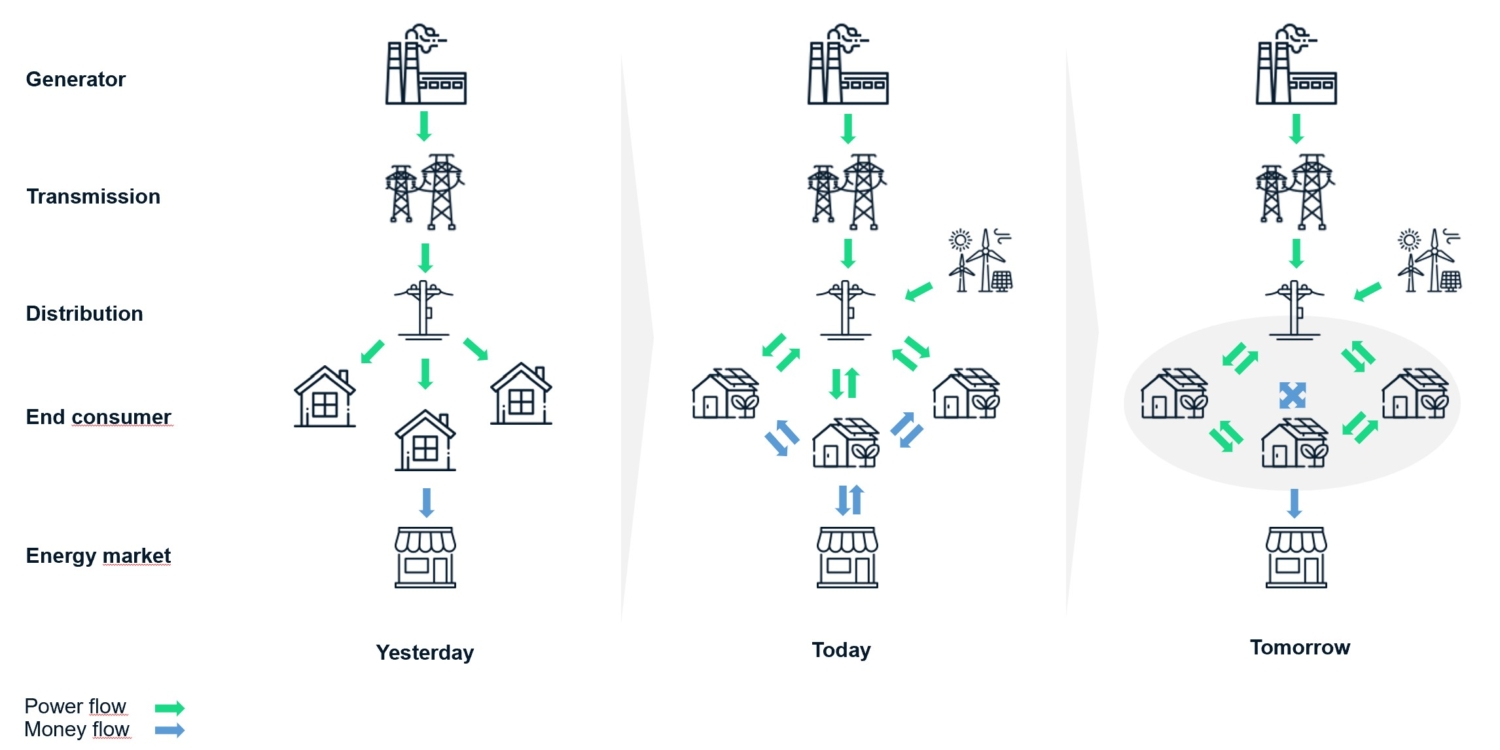Energy Load Optimisation for Grid
Optimising the energy load in a smart grid, also known as load management, is a complex process based on the intelligent control of energy consumption and generation.
Here are the most important steps:
– Data collection: smart grids use sensors and smart meters to collect data on current energy consumption and generation in real time.
– Analysis and forecasting: This data is then analysed to identify patterns and make forecasts about future peak loads.
– Load shifting: A key element of load optimisation is load shifting or “demand response”. This is an attempt to reduce energy consumption at times of high network load and shift it to times of low load instead. This can be achieved through incentives such as time-variable electricity tariffs or through automated control systems that operate appliances at times of low load.
– Integration of renewable energy: smart grids can integrate renewable energy sources such as wind and solar energy and balance their volatile nature through predictive algorithms and energy storage. In this way, renewable energy can be used more efficiently and the grid load reduced.
– Energy efficiency: smart grids also promote energy efficiency through real-time feedback to consumers and optimised control of appliances and systems. This can help to reduce unnecessary energy consumption and increase the


